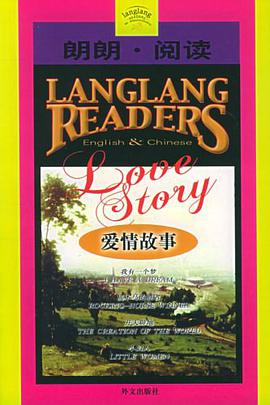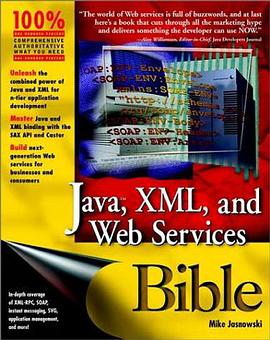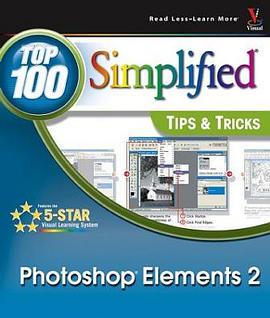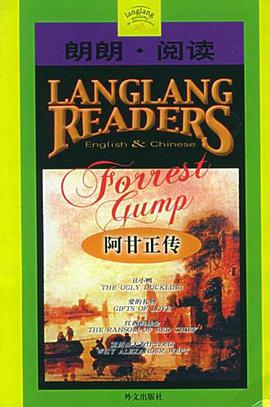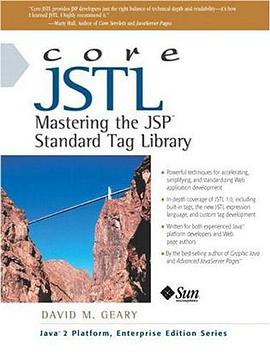

Preface Until recently, JavaServer Pages (JSP) has, for the most part, been accessible only to Java developers. That's because JSP did not provide a standard set of tags for common functionality or a scripting language for page authors. The lack of those essential features meant that JSP developers had to embed Java code in JSP pages or implement custom tags that encapsulated that Java code. Either way, they had to be well versed in the Java programming language to effectively use JSP. To implement maintainable and extensible Web applications, developers must decouple business and presentation logic. Without an expression language or standard tag library, JSP pages often contained a great deal of Java code, which allowed easy access to business logic. That Java code and the inevitable related business logic tightly coupled JSP pages with the underlying data model, which resulted in brittle systems that were difficult to modify or extend. The JSP Standard Tag Library (JSTL) provides a scripting language and set of standard tags that make JSP accessible to page authors and make it much easier to separate business and presentation logic. Those benefits allow page authors to focus on a Web application's presentation, while Java developers implement business logic, which in turn makes those applications much easier to implement, maintain, and extend. Because JSTL has such a profound effect on the development of Java-based Web applications as a whole, it is one of the most important new developments for server-side Java. 1.1 What This Book Is About This book discusses all aspects of JSTL, including a thorough examination of the expression language and JSTL's tags (which are commonly known as actions). I assume that readers are already familiar with the basics of servlets and JSP, so those topics are not discussed in this book. See "This Book's Audience" for more information about what level of experience is assumed for readers. 1.2 The Servlet and JSP APIs This Book Depends Upon JSTL only works with servlet containers that support the Servlet 2.3 and JSP 1.2 APIs. To run this book's examples, you will need such a servlet container; for example, Resin 2.1.2 or Tomcat 4.1.3; see "Downloading and Installing a Servlet Container" on page 26 for more information about downloading and installing those servlet containers. 1.3 The Book's Web Site This book has a companion Web site at http://www.core-jstl.com . N.B. This is the correct URL. The one printed in the book is wrong. - Ed. That Web site provides documented source code for all of this book's examples. 1.4 How This Book's Code Was Tested All of the code examples in this book were tested with Resin 2.1.2 and Tomcat 4.1.3. See "The Book's Web Site" for more information about downloading that code. 1.5 This Book's Audience This book was written for Java developers with a basic understanding of servlets and JSP. If you are new to servlets and JSP, I recommend the following books for your first book on those topics: Core Servlets and JSP by Marty Hall, Sun Microsystems Press Advanced JavaServer Pages by David Geary, Sun Microsystems Press Java Servlet Programming by Jason Hunter, O'Reilly Web Development with JavaServer Pages by Fields and Kolb, Manning 1.6 How To Use This Book The majority of this book is written in a tutorial style that illustrates how to make the most of JSTL's expression language and actions. The last chapter in the book is a reference for the JSTL actions. That reference provides detailed syntax information for each JSTL action, in addition to a short description of the action and its constraints and error handling. Each action also is accompanied by an In a Nutshell section that provides enough information about the action to get you started. You can use the reference chapter in one of two ways. First, it may be a good place to start when you are using a JSTL action for the first time. Once you understand the action's syntax and its intent, you will probably want to read more about the action in the applicable chapter where it's discussed in detail. Second, you should use the reference to help you use JSTL actions after you understand their purpose and intent; for example, the action, which is discussed in detail in "Formatting and Parsing Numbers" on page 310 and summarized in "Formatting Actions" on page 509 provides 12 attributes. It can be difficult to remember all of those attributes and how they work together. Instead of trying to unearth that specific information from the "Formatting Actions" chapter beginning on page 308, you would be better off looking up those attributes in the "JSTL Reference" chapter beginning on page 464.
具体描述
读后感
用户评价
相关图书
本站所有内容均为互联网搜索引擎提供的公开搜索信息,本站不存储任何数据与内容,任何内容与数据均与本站无关,如有需要请联系相关搜索引擎包括但不限于百度,google,bing,sogou 等
© 2025 onlinetoolsland.com All Rights Reserved. 本本书屋 版权所有



